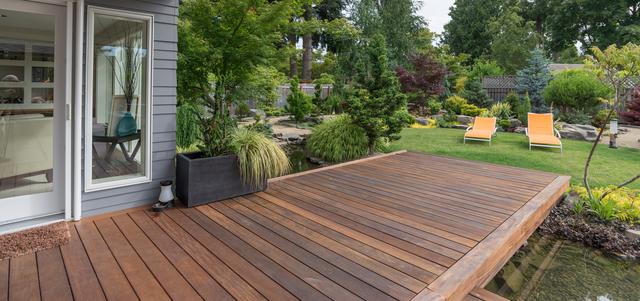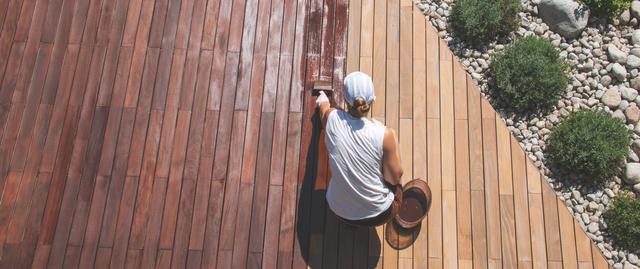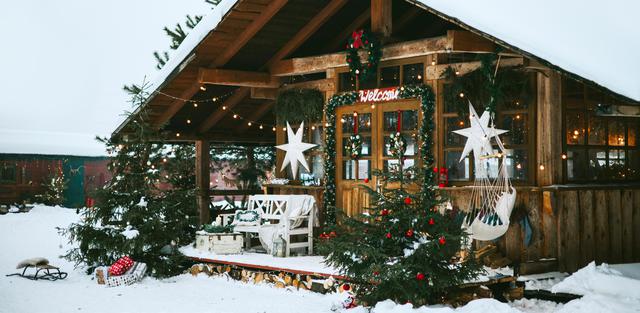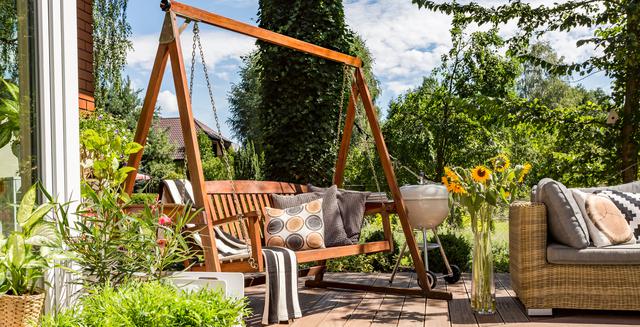Awnings serve as an important addition to any home, providing protection from the sun and rain and enhancing its overall aesthetics. Over time, however, they may become worn out or outdated, necessitating their replacement. If you are a homeowner considering replacing your awnings, there are a few essential factors to consider. This article will provide you with insights on the top three things to keep in mind, as well as the average cost of the project.
Materials: Quality and Durability
The first thing to consider when replacing your awnings is the material used. The material affects the durability, quality, and style of the awning. Common awning materials include aluminum, canvas, vinyl, and wood. Each material has its own pros and cons, depending on your preferences and budget.
Aluminum awnings are long-lasting, sturdy, and require minimal maintenance. They also come in a variety of colors and styles, making them versatile. Canvas awnings are perfect for homeowners looking for a classic look. They are made of breathable fabric that keeps the air flowing, making them ideal for hot summer days. Vinyl awnings, on the other hand, are an affordable and durable option that requires little maintenance. Finally, wood awnings provide a natural and classic look that is both stylish and functional.
Cost: Budget and Value for Money
The second thing to consider is the cost of the awnings. Your budget plays a crucial role in determining the type and quality of awning you choose. The cost of the awning varies depending on the material, size, and installation process.
Aluminum awnings are the most expensive, costing an average of $600 to $1,200 per unit. Canvas awnings are slightly cheaper, with an average cost of $300 to $800. Vinyl awnings are the most affordable, costing an average of $100 to $300. Finally, wood awnings are the most expensive, with an average cost of $500 to $1,000. The installation process may also add to the cost, depending on the complexity and size of the awning.
Style: Aesthetics and Functionality
The third and final thing to consider when replacing your awnings is the style. The style of the awning should blend in with the overall design and architecture of your home. It should also be functional, providing the necessary protection from the sun and rain.
Retractable awnings are perfect for homeowners looking for versatility and convenience. They can be adjusted to provide shade or sunlight as required. Stationary awnings, on the other hand, provide permanent protection from the sun and rain. They are ideal for homeowners who want to enhance their outdoor living spaces. Finally, freestanding awnings are portable and can be moved from one location to another. They are perfect for homeowners who enjoy outdoor activities such as camping or picnicking.
Replacing awnings is a worthwhile investment that enhances the beauty and functionality of your home. When choosing the perfect awning, keep in mind the three critical factors mentioned above: material, cost, and style. Selecting the right material, keeping the cost within your budget, and choosing a style that suits your home's architecture and design will ensure you get value for your money.






comments